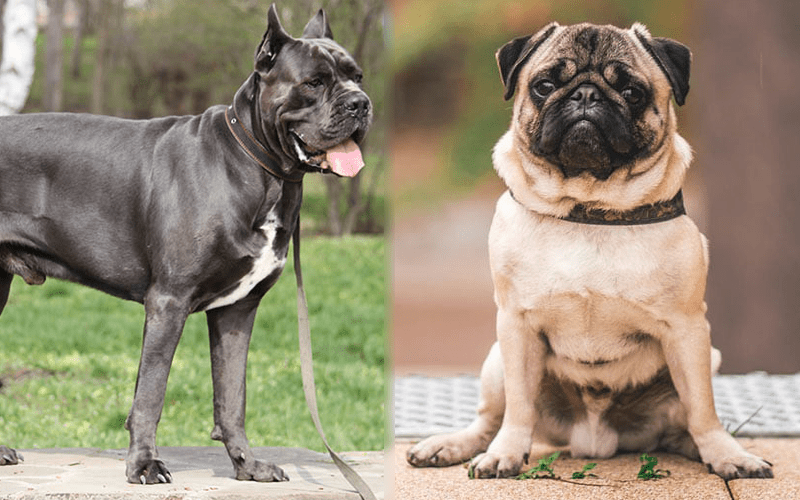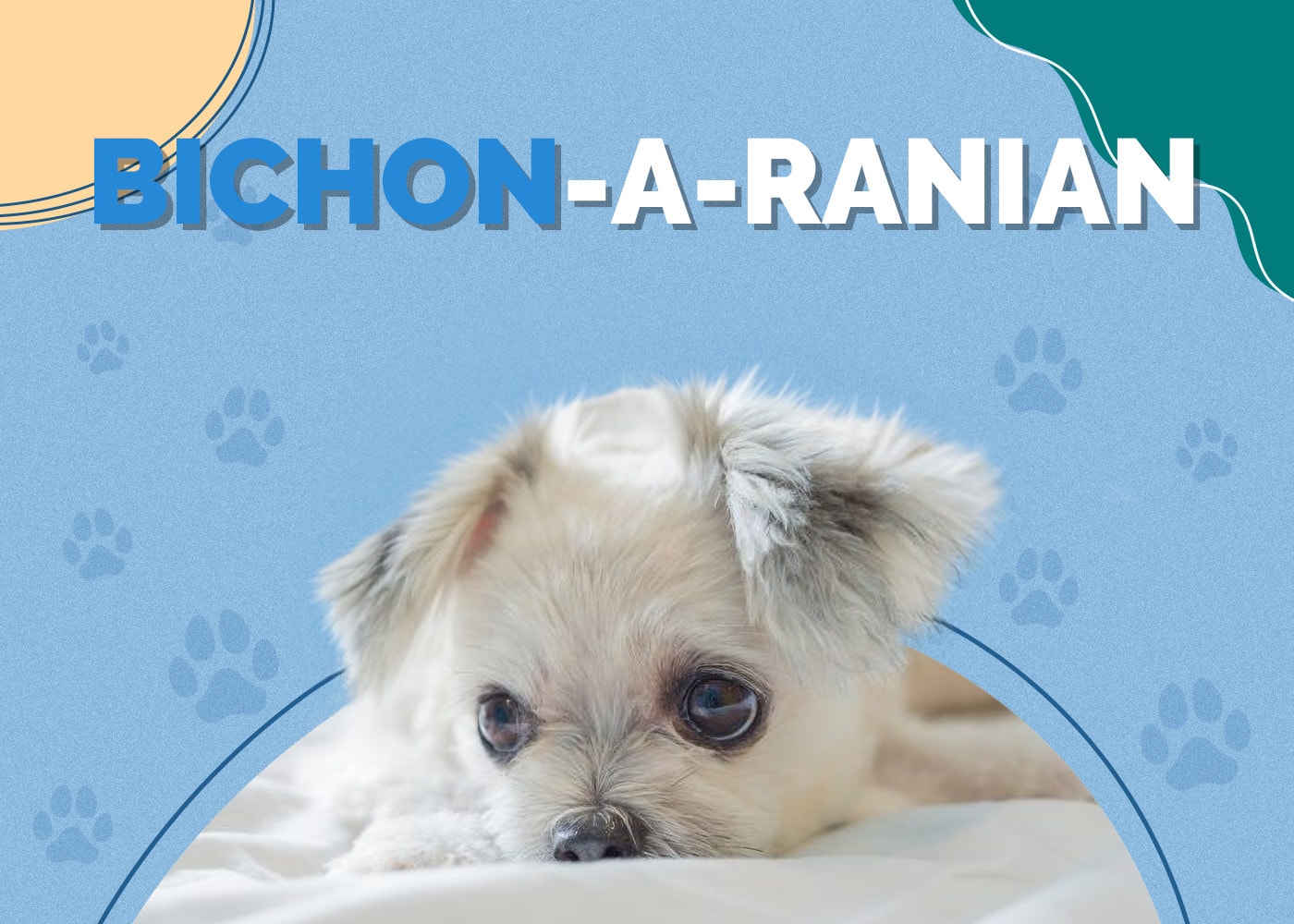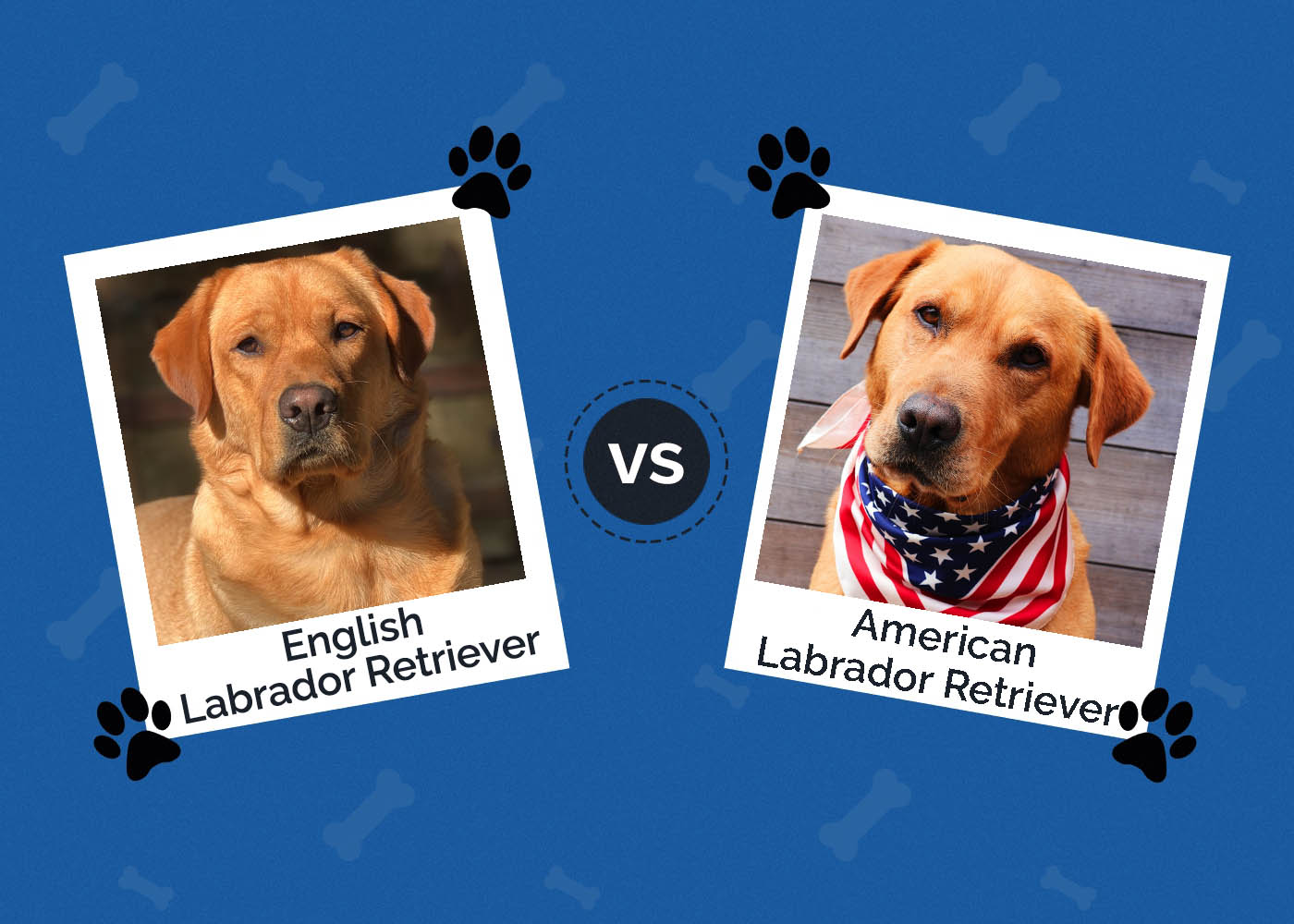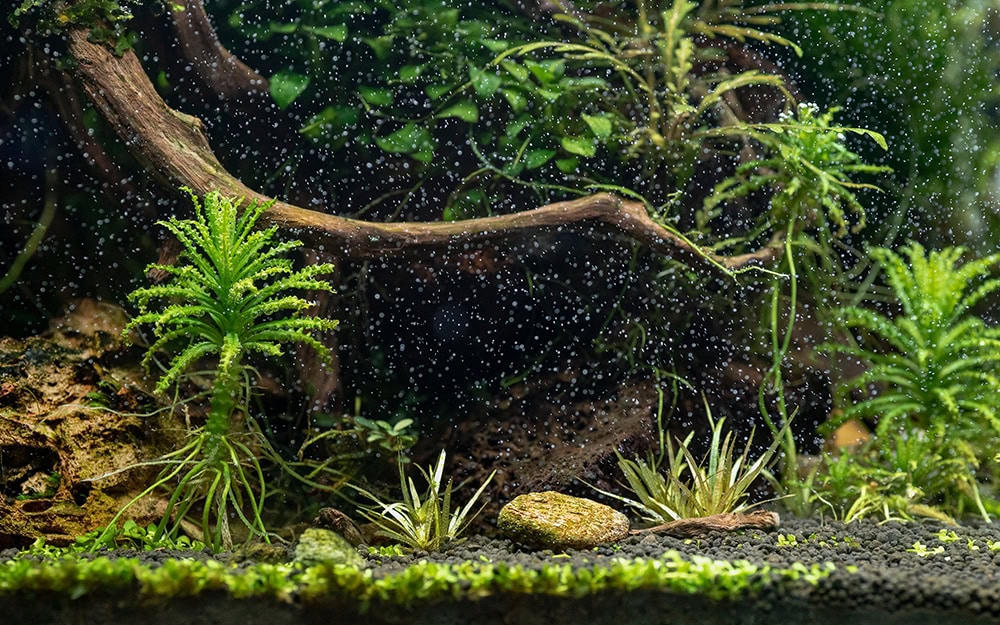Chesador (Chesapeake Bay Retriever & Lab Mix): Info, Pictures, Facts

Updated on
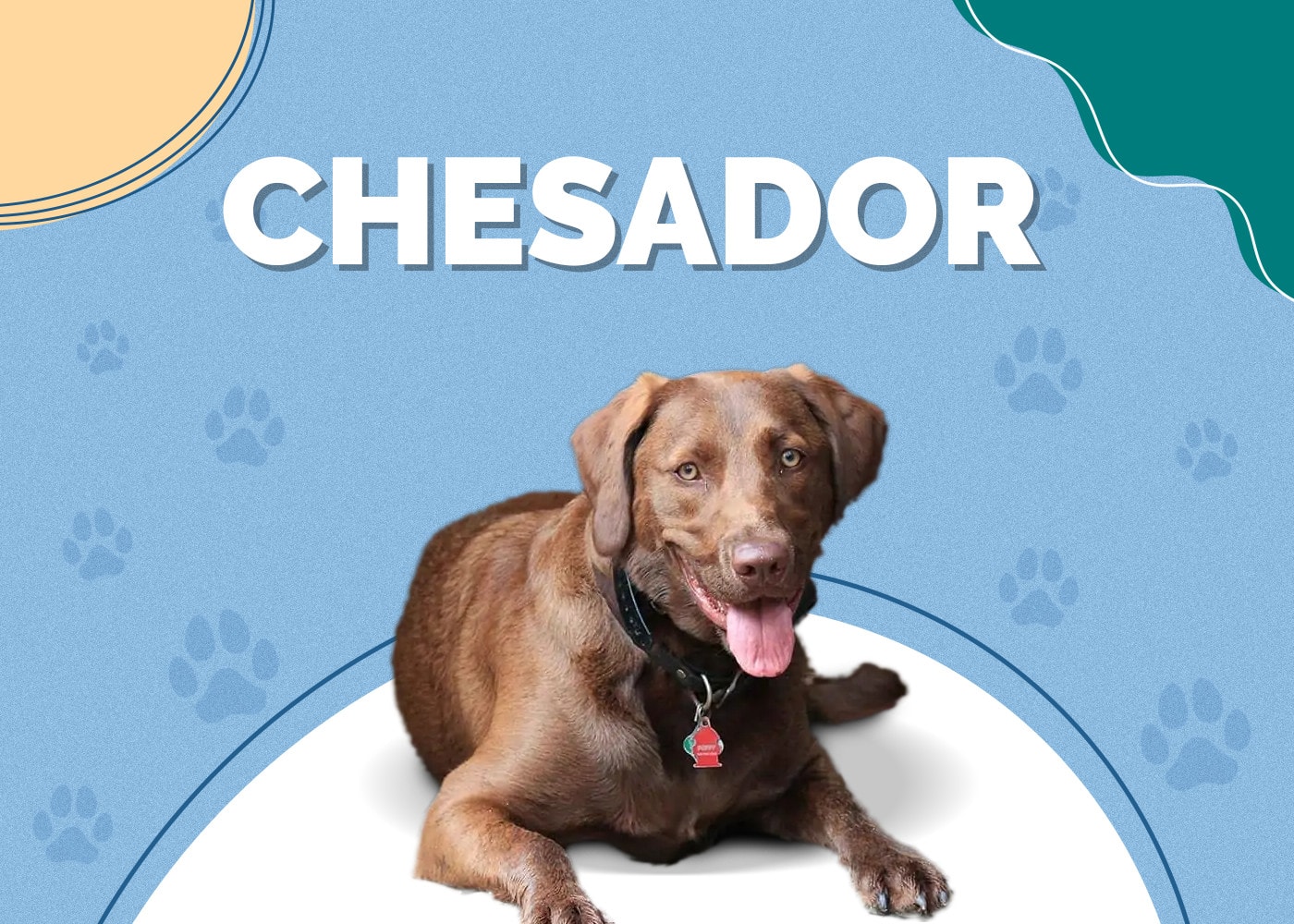
| Height: | 20–27 inches |
| Weight: | 50–80 pounds |
| Lifespan: | 10–14 years |
| Colors: | Black, yellow, chocolate, brown, tan |
| Suitable for: | Families with children, homes with multiple dogs, hunters, hikers, and very active owners |
| Temperament: | Happy, intelligent, protective, affectionate, hardworking |
The offspring of two well-known and beloved Retriever breeds, the Chesador is a hunting dog lover’s dream come true. By combining the best attributes of the Chesapeake Bay Retriever and Labrador Retriever into a long-lived breed, the Chesador might just become the next competitor for “man’s best friend”.
One of only a very few dog breeds to be descended from native North American breeds, the Chesador is a tried and true sporting dog with a muscular frame, quick wit, and excellent instincts. With both of their Retriever parents long appreciated for their unfailing health and hardworking personalities, bringing a Chesador into your life means you’ve made a friend for life.
Are you thinking about bringing one of these unique dogs into your home? If so, continue reading to discover everything you need to know about this breed, from its Retriever heritage to tips for their health care and grooming, as well as pointers on how well they get along with kids and other dogs.
 Chesador Puppies
Chesador Puppies
Making the choice to bring any dog into your life is a big commitment and one that shouldn’t be taken lightly. Never is this truer than with the Chesador, though. From their long life spans to their high energy and great requirements for affection and attention, you should carefully consider whether it’s the right dog breed for you.
To understand this peerless designer dog breed, it’s best to look at the history, personalities, and characteristics of its parent breeds: the Chesapeake Bay Retriever and the Labrador Retriever. Then, with just a bit of imagination, you’ll be able to see how the Chesador has come to be the dog that it is today.
Unlike many dog breeds whose origins are lost to history, the Chesapeake Bay Retriever’s heritage can be clearly traced back to two pups rescued from a sinking ship in Maryland, circa 1807. One male and one female St. John’s Water Dogs, named “Sailor” and “Canton” respectively, were taken into local families and bred with dogs in the surrounding area, creating the first Chesapeake Bay Retrievers.
Chessies are internationally renowned for their skills as duck-hunting dogs, and they excel at agility training and stamina competitions as well. They’re a remarkably friendly dog breed and display good-natured protectiveness toward their owners.
Hailing from further north than their Maryland cousins, the Labrador Retriever has been prized as a hunting and sporting dog in Canada since the early 1800s. They hold the distinction of being the most popular dog breed in many parts of the world, owing at least in part to the ease with which they can be trained for various disability assistance jobs.
Commonly seen to be kind, pleasant, and sociable, the Labrador Retriever is a hard-working and affectionate dog breed. Their even tempers, playful attitudes, and gentle natures make them ideal family dogs, and they even get along well with other dogs and small animals.
With two such lovable and well-mannered breeds as its parents, the Chesador hits the designer dog breed jackpot. It’s a remarkably friendly and affectionate dog, with great energy and enthusiasm for life.
3 Little-Known Facts About the Chesador
1. Chesadors are great at tolerating cold water swims.
With both of their parent breeds being known for loving a good swim and hailing from colder parts of the world, the Chesador is an absolute natural at swimming in frigid waters. This doubles their utility as a hunting and retrieving dog, as they aren’t bothered at all by getting a bit damp while out on the trail. If you live in a colder climate, the Chesador is an ideal breed to keep as a pet.
2. They love to eat—maybe a little bit too much.
Thanks to their high metabolisms and seemingly boundless reserves of energy, Chesadors will gladly eat themselves silly without hesitation. If you’re not careful to watch their food intake, this can quickly lead to weight gain or obesity, putting them at much greater risk of many hereditary health conditions. If you love feeding your canine friend extra treats, you’ll have to give them plenty of extra exercise to offset the calories.
3. Both of their parent breeds have been popular with US politicians.
Both Theodore Roosevelt and General George Armstrong Custer owned Chesapeake Bay Retrievers, as well as Senator John McCain. Labrador retrievers have even greater present-day claims to fame, with Bill Clinton’s pair named Buddy and Seamus, as well as Russian President Vladimir Putin’s dog, Konni. A Labrador Retriever named Sully also served with former President George H.W. Bush for the last 6 months of his life, taking care of him while he was confined to a wheelchair.
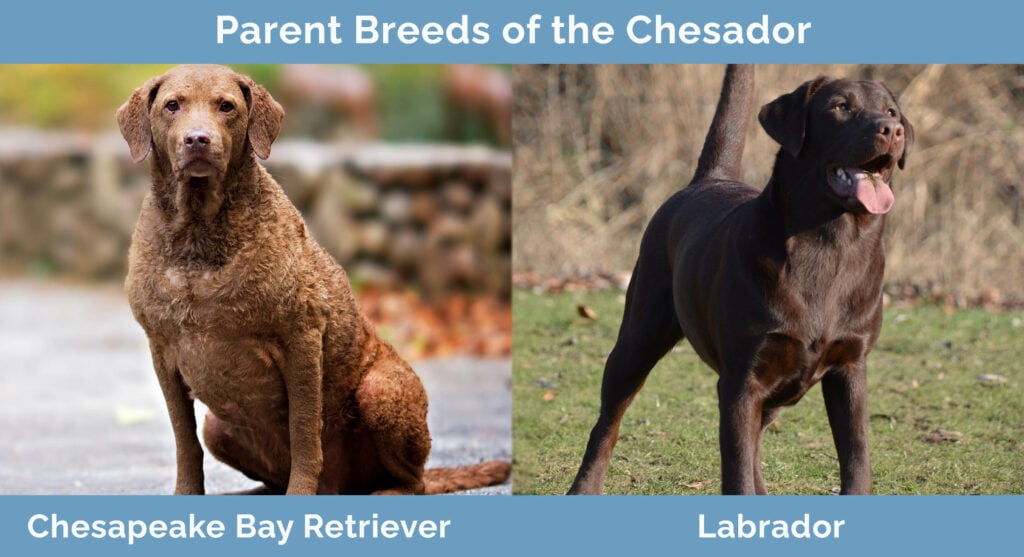
 Temperament & Intelligence of the Chesador 🧠
Temperament & Intelligence of the Chesador 🧠
Keenly intelligent and well-mannered, every owner of a Chesador seems to have nothing but good things to say about this breed’s temperament. From their winning smiles to even tempers and affectionate playfulness, they’re an excellent choice of a companion animal for anyone who wants a constant friend by their side.
Are These Dogs Good for Families? 🏡
Chesadors come from two dog breeds well known for their friendliness and gentle presence around children, making them a perfect choice for families of all shapes and sizes. They love playing with children young and old and can be a welcome relief to the requirements of entertaining younger children while they’re at home. Even into old age, these kindhearted dogs will continue to protect and care for you and your kids.
Does This Breed Get Along with Other Pets? 🐶 😽
Except for the occasional instance of “retrieving” a cat or small dog and bringing it straight to your feet, Chesadors get along exceptionally well with dogs and other small pets. Highly receptive to obedience training, the Chesador can easily accommodate life in a household with any number of other dogs or small animals.
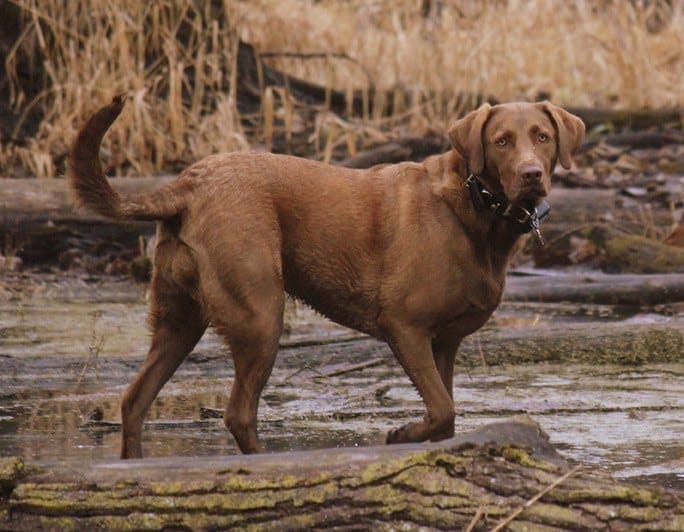
 Things to Know When Owning a Chesador
Things to Know When Owning a Chesador
After getting to know the Chesador a bit better, is it sounding like this breed might be the dog for you? If so, take the following health requirements into consideration before deciding whether to buy or adopt one of these lovable dogs.
Food & Diet Requirements 🦴
The Chesador absolutely loves to eat and can easily overeat if given the opportunity to. In fact, they’ll often eat so quickly as to give themselves painful gastrointestinal bloating. You can prevent this by breaking up their two to three cups of food per day into three or more meals and consider getting a slow-feeding bowl to slow down their intake at mealtimes.
Exercise 🐕
A highly active and endlessly energetic dog breed, the Chesador has incredible stamina and loves to exercise. They can easily handle up to two hours a day or more of moderate to intense activity and thrive on a steady diet of vigorous exercise and learning new tricks. This is another reason they’re excellent family dogs: oftentimes, their exercise requirements can be a bit too much for a single person to handle.
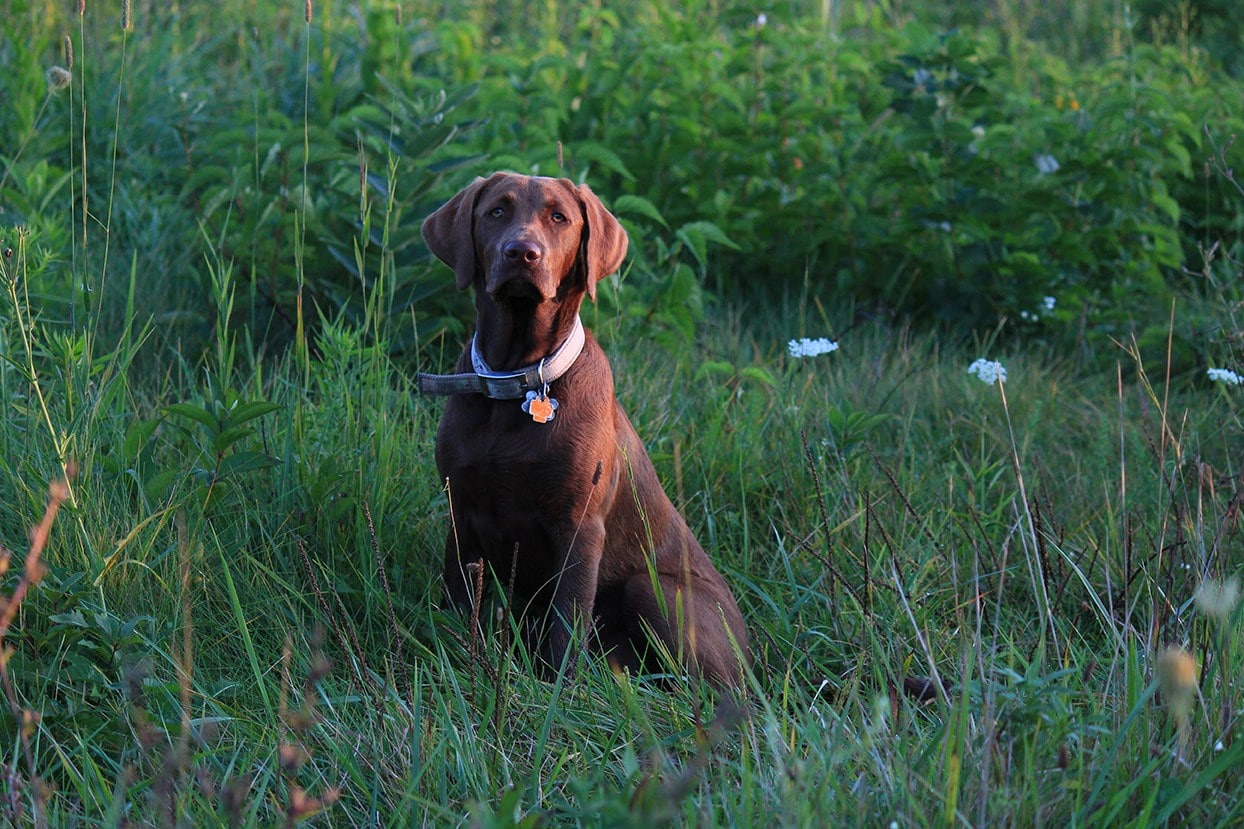
Training 🦮
Adaptable to a wide range of conditions and always ready to learn new tricks, the Chesador is a model breed for training. Even for inexperienced dog owners, Chesador’s willingness to please their owners will translate into easy training. With professional help, this breed can also easily become a disability assistance dog or registered therapy dog as well.
Grooming ✂️
The Chesador will shed year-round, but never in abundance. Their short to medium, moderately thick coats should be brushed at least once a week to keep your Chesador looking its best. To keep your dog as happy and healthy as possible, it’s also recommended to brush their teeth at least weekly and trim their nails about once a month.
Health and Conditions ❤️
Coming from two generally healthy breeds, the Chesador enjoys a hardy constitution. Still, it may be prone to developing the following conditions in rare instances:
- Ataxia
- Cataracts
- Hip dysplasia
- Elbow dysplasia
- Retinal dysplasia
- Patellar luxation
- Obesity
 Male vs Female
Male vs Female
Female Chesadors will almost always be smaller in frame and weigh less than their male counterparts, though both sexes will display similar personality characteristics. This makes the male Chesador more prone to weight gain and obesity, as well as overeating.
Final Thoughts
For anyone looking for a bosom buddy and longtime hunting companion, it’s hard to imagine a finer designer dog breed than the Chesador. With loving, playful, affectionate, and hardworking genes from both sides of its family tree, this breed is destined for years of happiness in any home. As long as you have plenty of time and energy to give them the exercise they need to stay fit, the Chesador will be a loyal friend for many years to come.
Related Reads:
Featured Image Credit to Jim Packett, Shutterstock
 Chesador Puppies
Chesador Puppies Temperament & Intelligence of the Chesador
Temperament & Intelligence of the Chesador  Things to Know When Owning a Chesador
Things to Know When Owning a Chesador Male vs Female
Male vs Female